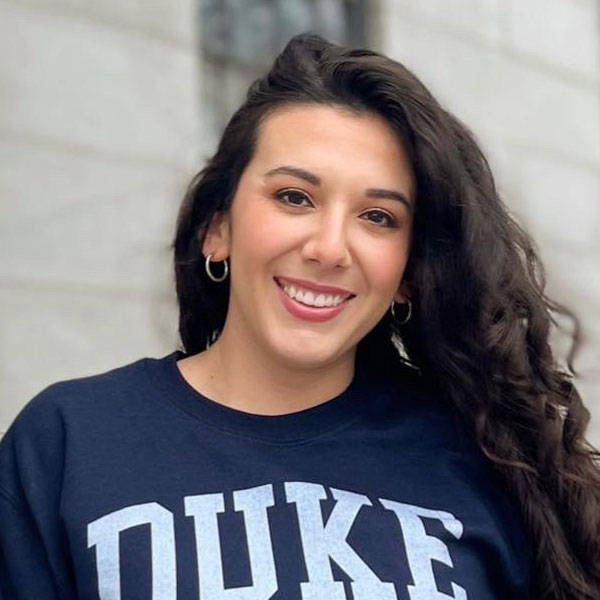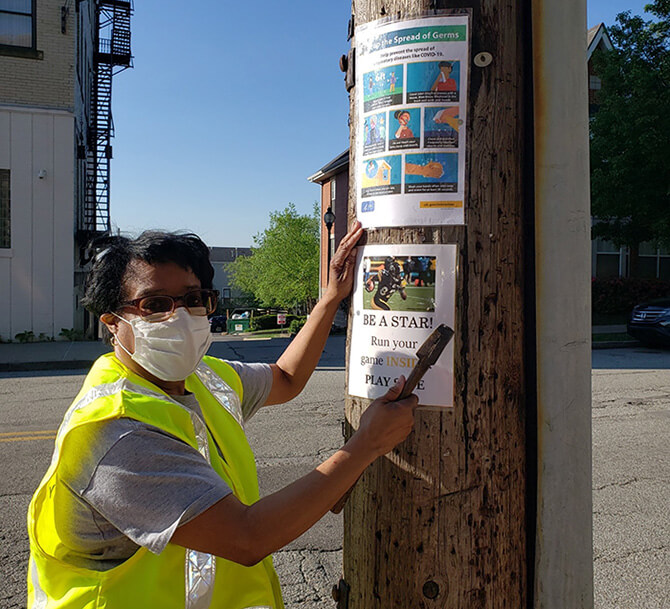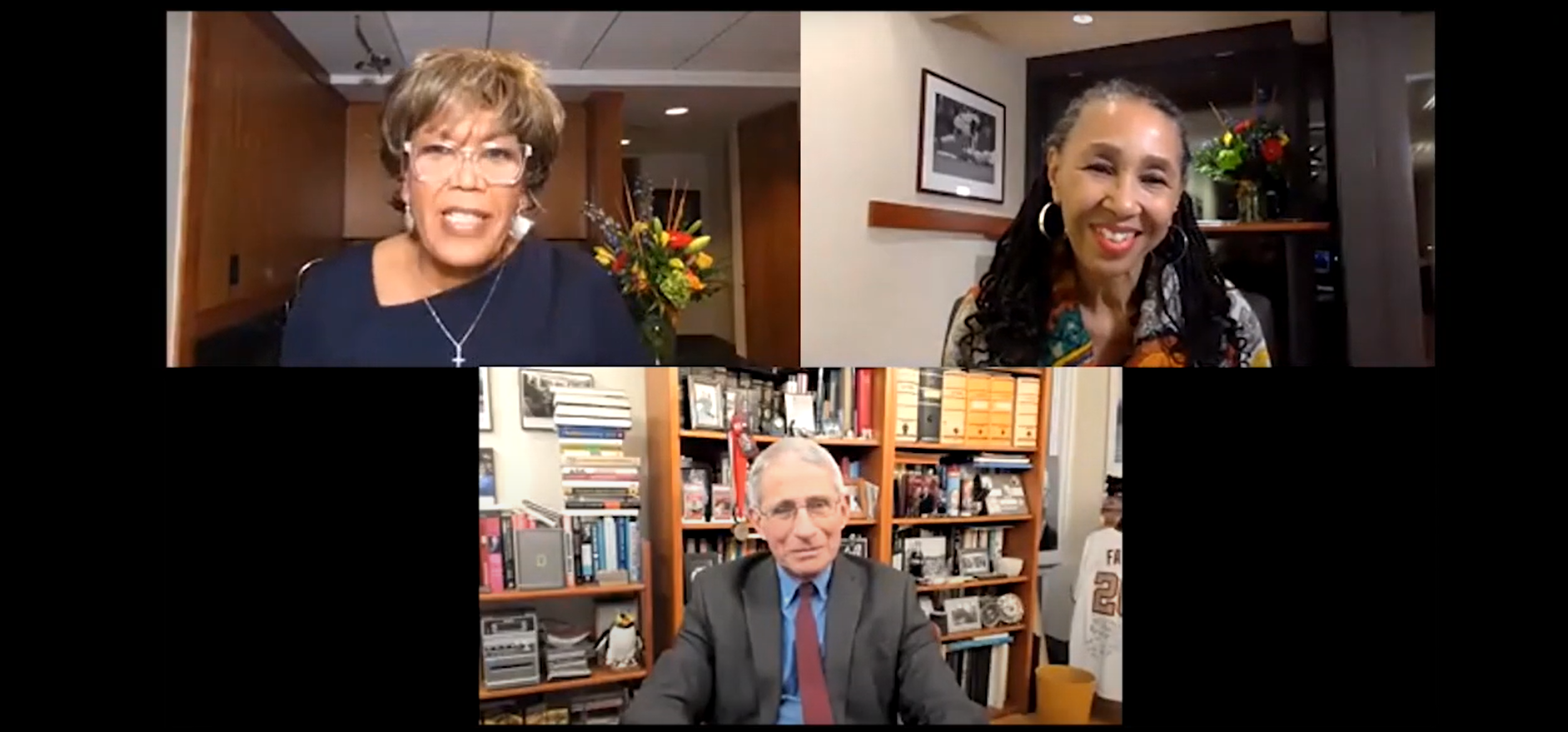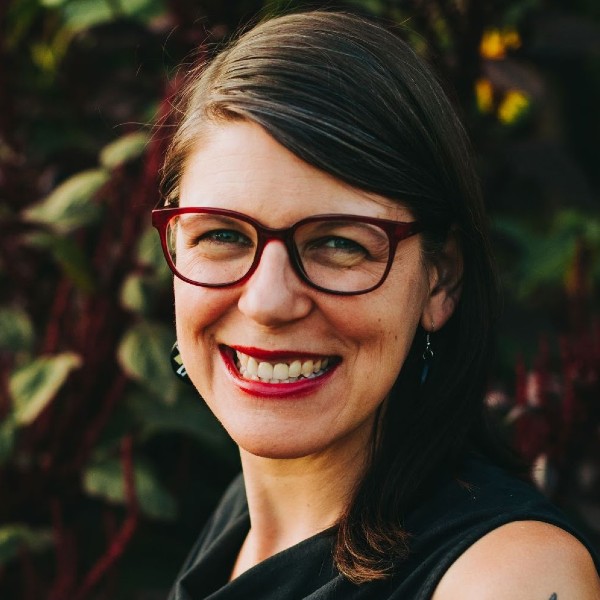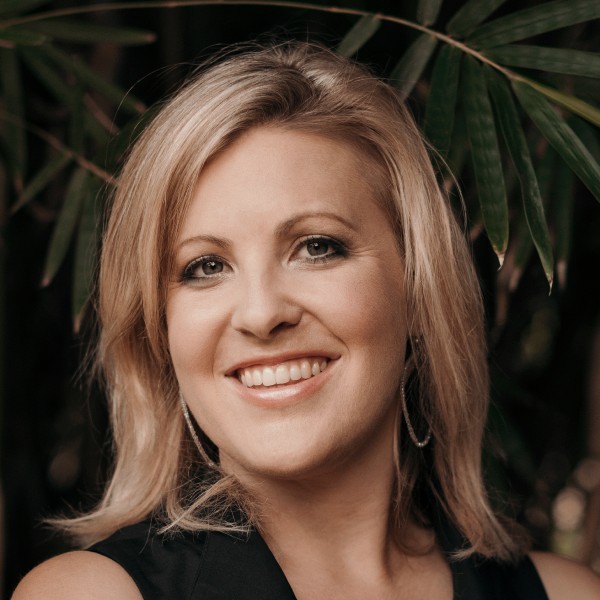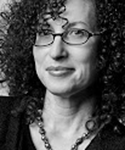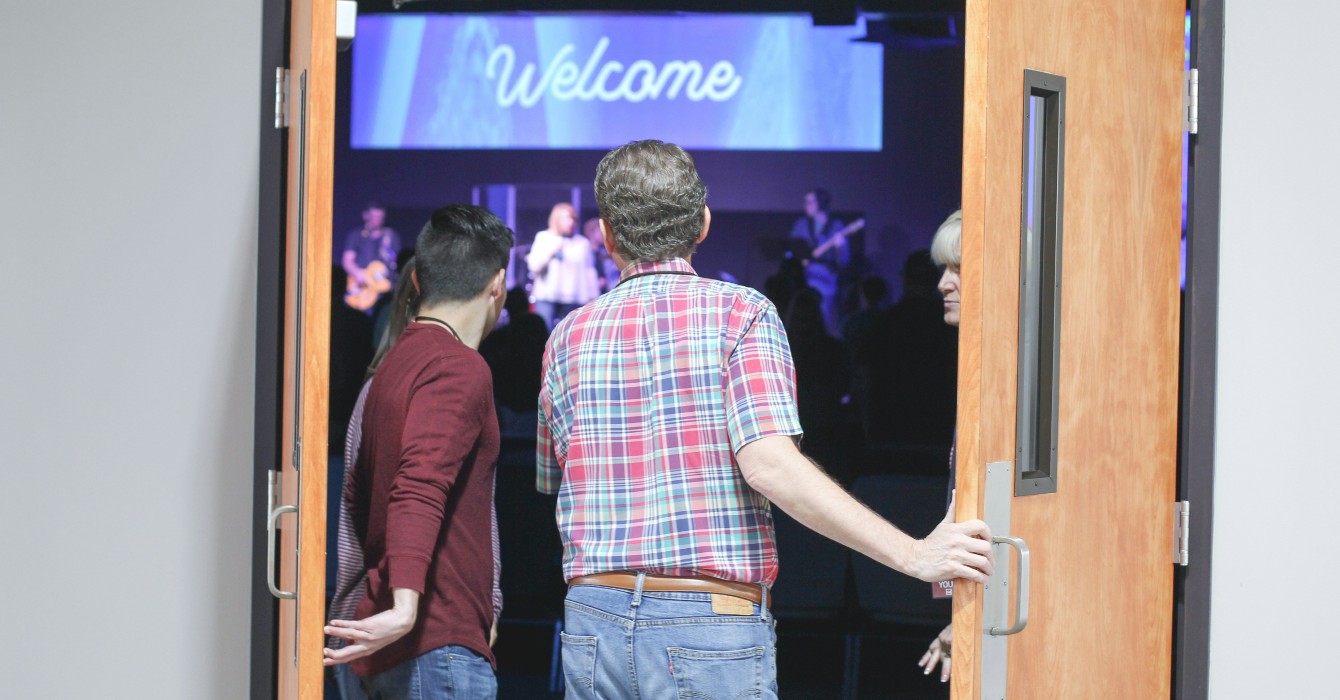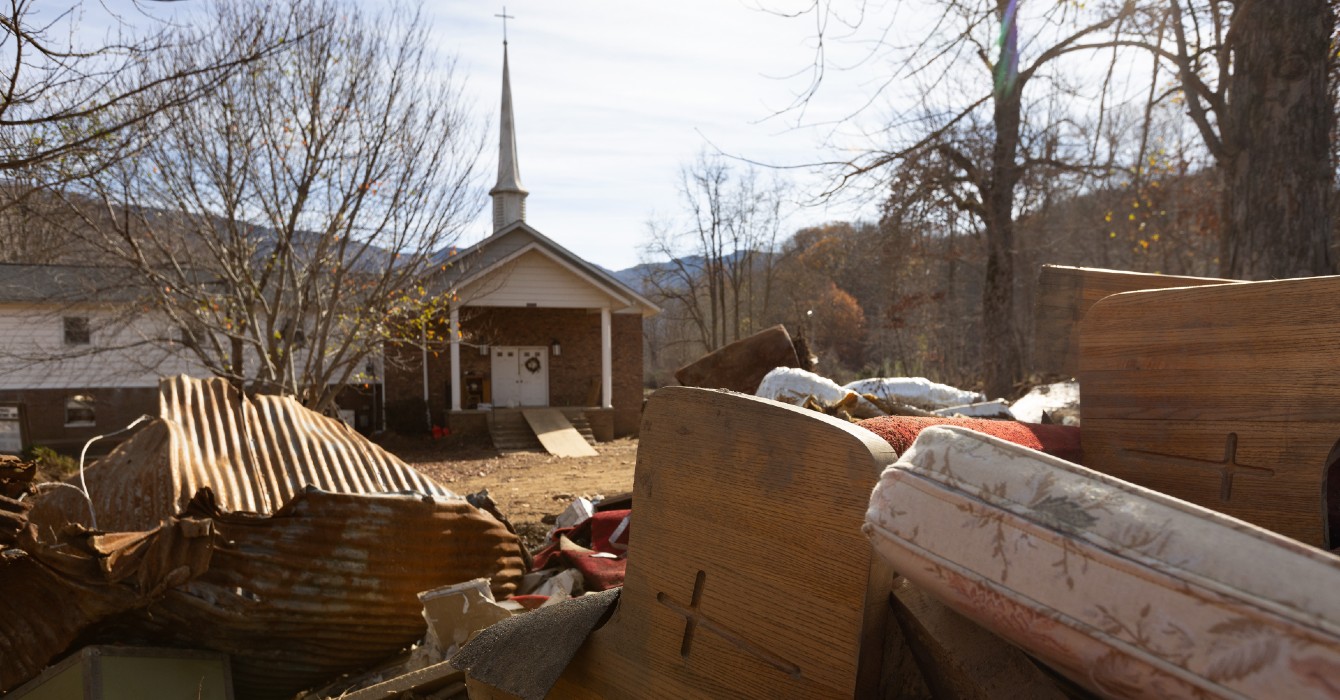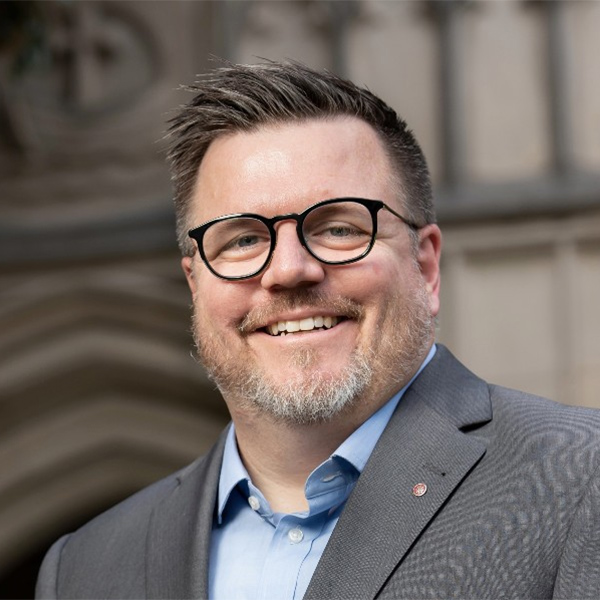On Mother’s Day 2020, I was working as a contact tracer for the Florida Department of Health. Our team labored 10 hours a day, seven days a week, reaching out to people who had been exposed to COVID-19. We explained quarantine procedures and educated people about how to protect others.
That Sunday, it was my job to interrupt Mother’s Day brunches across Fort Myers and tell folks that they had been exposed to the virus — in the days before vaccines and effective treatment. People were panicking.
It was a Groundhog Day experience as we contacted hundreds of people with bad news. It was difficult. It was depressing, especially when we’d learn about folks who had died.
I also saw the effects of superspreader events — some of them from churches that had refused to close. Florida at that time was one of the nation’s COVID hot spots and the epicenter of furious debates about masking, quarantine and religious freedom.
I already was interested in public health and theology — 2020 was the summer between finishing my master’s in public health and starting divinity school. For a young public health professional and theologian, this experience highlighted the urgency for collaboration. After all, religious communities and public health agencies seek the same outcome: healthier and more vibrant communities.
In divinity school, I tried to understand why there is such a divide between religious communities and public health practitioners. Now, as I embark on a Ph.D. in population health sciences, I continue to envision ways we can integrate theology and health education in our pews.
This ideal collaboration is far from simple. Experts in public health often lack the theological understanding and context to be culturally aware of the structures and behaviors in religious communities. And religious leaders are often overstretched in their regular clerical responsibilities; to expect them also to be skilled in health education and communication is unfair.
I have spent a large part of recent years focused on this never-ending chicken-or-egg scenario of how to build a bridge between health organizations and religious communities.
Though I think that accountability on both ends of this “bridge” is important, I want to suggest a few first steps for religious leaders.
Know your congregation.
This might sound obvious. However, knowing a bit of the backstories of the people sitting in your pews on Sundays does not mean that you understand their needs and concerns.
Consider the levels of insurance in your church. Are most people on a certain type of health insurance? Are people uninsured or in professions where their insurance level fluctuates? What about the availability of dental and vision services? Can they afford these services?
The intricacies of health insurance coverage could provide a brief peek into the health of those in your community and the gaps that may be chronically unaddressed for a significant portion of your congregation.
Though these question may not be part of the normal “getting-to-know-you” info card, being upfront about your church’s intention to work for health equity and to address potential health needs of your congregants may ease the discussion of these sensitive though vital details.
Of course, even with the most honest intentions and perfectly curated questions, there are other dynamics at play as well.
Recognize the opportunities and limitations of your role as clergy.
It is no secret that clergy are often overworked, with their expected scope of care greatly exceeding their reach. In addition, few pastors have medical or public health expertise.
However, one of the great superpowers of religious leaders is their tendency to be seen as leaders and trustworthy members of the community. Recognizing opportunities to provide guidance to members of your community on health decisions while also recognizing your own limitations may be the perfect combination of your clergy superpower.
One example of this is the way that Black and Hispanic churches served a crucial role during the worst days of the pandemic by sharing health information and offering testing and vaccination sites.
Reach out to your local health experts.
This could be the health department, a health education specialist, medical providers, or other health care workers who have experience and training to offer guidance to your congregation.
Collaborating with these folks might create opportunities for your congregation to understand more about their health concerns from reputable medical sources while you also help them contextualize their health concerns within your faith tradition. Feel free to reach out to people like myself who are deeply rooted in the intersection of health and religion.
Include these topics of concern in your sermons.
If the pandemic has taught us anything about how religion and public health interact, it’s the ways that people are influenced by information from people they trust. As a religious leader, you will likely be asked for your opinions on various health behaviors and decisions.
While honoring your educational gap on the subject matter and knowing your scope, you can still find helpful, engaging ways to include health issues in preaching. One possible place to start is by inviting your congregation to explore and be curious with you as you seek out information to make the best decisions for your own health.
The task of congregational care is a daunting one, especially when pastors venture beyond the spiritual needs of those they’re in community with. However, the ability to improve health behaviors as well as faith practices is a beautiful dynamic.
It is my hope that no one else ever receives a call on Mother’s Day to tell them that they and their families are in danger from a deadly virus. Through the intentional considerations of congregational needs and local resources, clergy can and should collaborate with health partners to help make sure the Groundhog Day summer of 2020 never happens again.

